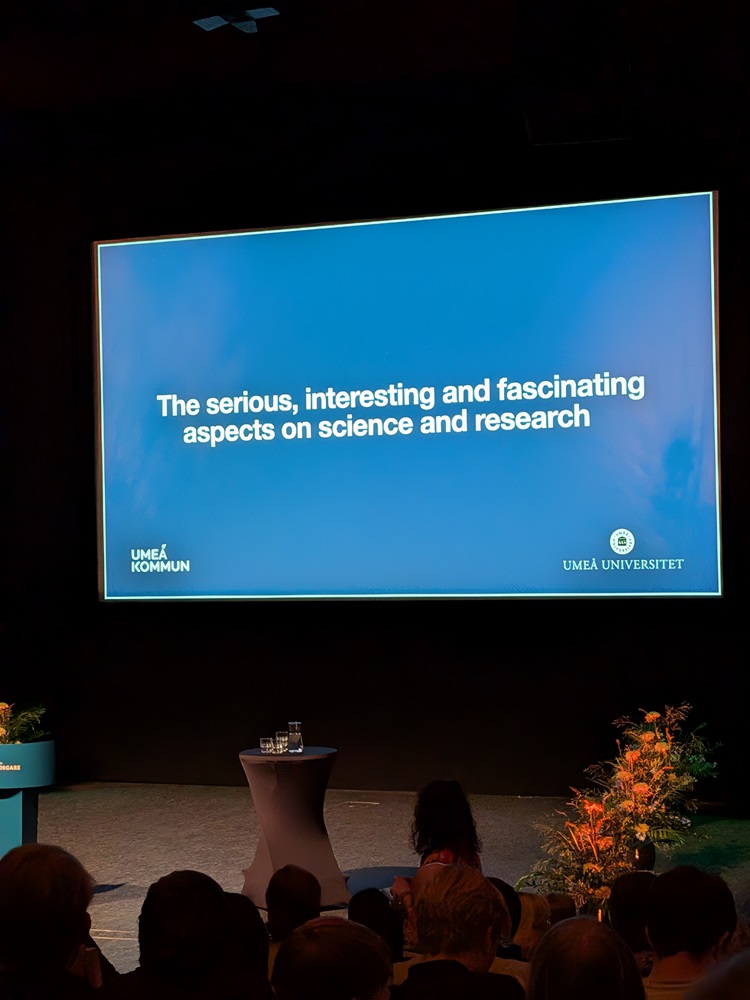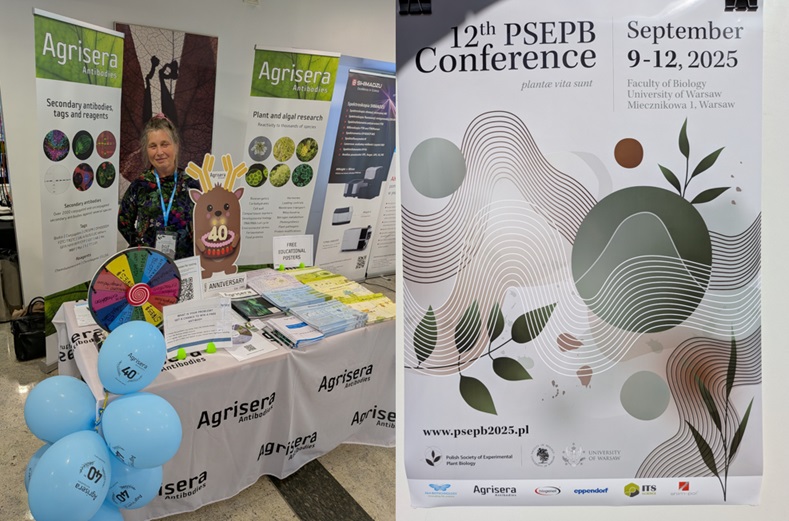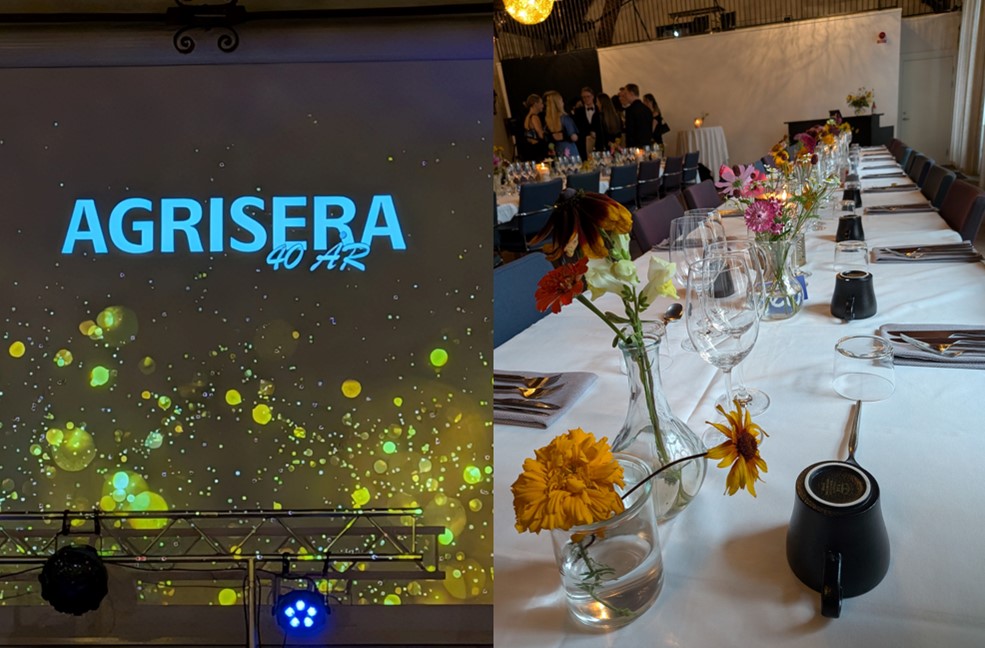Nobel prize winner, professor Emmanuelle Charpentier visits Umeå University
Last Friday, the Nobel Prize Winner in chemistry, professor Emmanuelle Charpentier was appointed a honorary citizen of Umeå in a ceremony organized by Umeå Municipality at Norrland’s Opera in Umeå. Later the same day professor Charpentier visited her former workplace, Umeå University, and attended a panel discussion before colleagues, students, and other interested parties. Her talk focused on the important role of research and researchers in the society and was a great inspiration for all who attended.
Professor Charpentier research during her stay in Umeå led to the discovery of CRISPR-cas9 gene editing tool, which application spans from agriculture to treatment of human diseases. We are proud that such a discovery has been made at Umeå University, which Agrisera is collaborating with over the last 40 years. |
|





